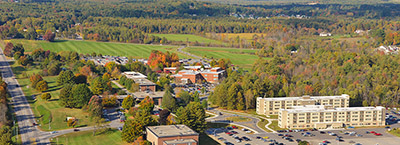The end point of design is testing. Prototypes must be built and their ability to meet functional requirements is evaluated through testing. We have to know how the product will survive in the real world. How will customers perceive the product? Are there issues that need to be addressed in order for the product to meet expectations?
Complex mechatronic systems can be challenging to evaluate. The broad functional questions of throughput speed and part quality are usually fairly easy to measure. Machine output in parts per minute or hour are not too difficult.
And sometimes not. You can get to applications like making 1 million bottles of beer a day, and keeping up with output and quality becomes more challenging strictly based on the fact that you may only have 20 milliseconds to, for example, look at a bottle with a vision camera, and determine that the part is of sufficient quality that you can proceed to fill it with beer. And all the things that follow.
When we are dealing with electronic assembly and there are 50,000 part placements per hour and the placements have to be accurate to less than one thousandth of an inch, it gets challenging. There are the usual speed and torque concerns about making the servo systems position the placement head. But things like life expectancy for the actuators become significant concerns when an expensive piece of machinery has to operate at the high speed and accuracy, and last multiple years at the same time.
How does this challenge change when the systems we are concerned about are extremely high force and physical size? How does the wind industry go about testing gear boxes that are the size of a school bus? Does the testing methodology or hardware even exist?
As it turns out, in the case of wind turbines, there is currently no test facility for 10 megawatt gear boxes. This is simply because no one has built one yet. The DOE released half of the funding for a $95 million testing facility at Clemson University, the balance of funding provided by private companies, to built such a test system.
Based on audited monitoring of 942 wind turbines, 237 events occurred which involved significant damage to the turbine. Amazingly, 109 events were related to the gearbox, and an equal number were related to the generator. Everyone who has seen pictures of a HWT nacelle shooting flames and burning up knows how serious this is.
Simulations are a great way to do testing. There are many cases where there is a lot to be learned through simulation. Horizontal Wind Turbines don’t fall into the simulation category. These systems are too large and expensive to make reliable. But there so much money involved, sadly a lot of it is government money, that suppliers keep putting patches on the problems and equipment continues to be sold into large projects that are never going to be profitable.
Statistically, based on the sample, 1 in every 10 turbines has been shut down because of significant damage. This sample is collected from 2006 to 2010, so in the first 4 years of operation, 237 failure incidents. The wind industry needs to get serious about testing and the DOE needs to get serious about new technology that will make wind energy a success.
Filed Under: Mechatronic Tips



